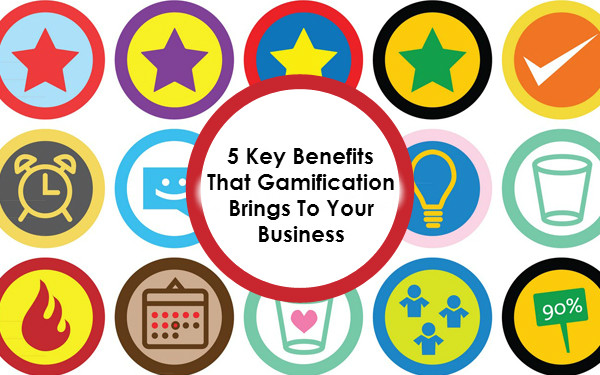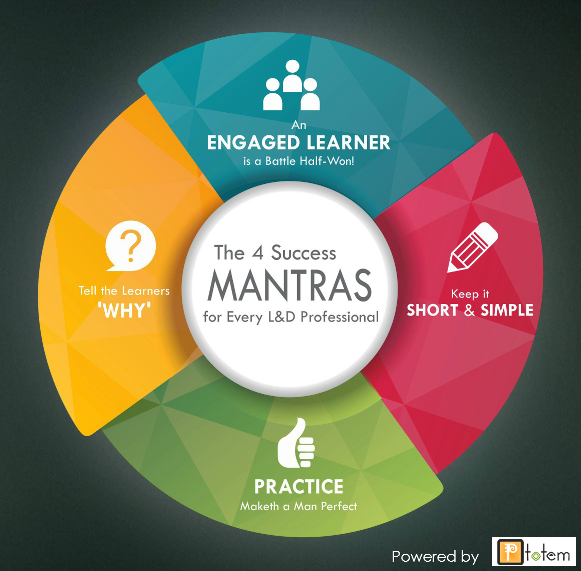Training is an integral part of employee development, but it is often frowned upon. Employees generally tend to find these sessions repetitive and boring. This negativity associated with training can be frustrating for both – the Trainer and the Trainee. So, what can be done to change this and make your employees look forward to your training sessions? Let’s find out!
1. Market Your Training
We live in an age where you need to market everything. Sadly, most trainers do not realize this. Therefore, it is necessary to build excitement around your training campaign so that people wait impatiently for the training day. Send out teaser emails using tools like Mailchimp to create hype around your session. These emails can also act as reminders for registration and RSVPs. You can go a step ahead and make this more interesting by launching a few video trailers before the training. Try Powtoon for this. It’s a wonderful tool which allows you to create marketing videos in a couple of minutes.
2. The First Impression
Start your training with a bang. Do not let your marketing efforts go waste by having a mediocre start to the session. Exploit the beginning of the session by doing something interesting to captivate your audience. It could be an inspirational video, an ice-breaker or a game. Keep trying out different things to sustain the excitement.
3. A Different Approach
Rather than going for the usual and mundane way of conducting training, use personal experiences or a storytelling approach to engage your audience. Building a story around the training topic will generate curiosity in the learner’s mind and personalize the overall experience. Know more: 4 tips to make elearning content better using a story telling approach
4. Gamify The Session
Gamification is a unique and sure-short way of making training sessions productive. It should be designed in such a way that the learning objectives are aligned with the game. Use simple techniques like Leaderboard or Rewards or Bonus points to encourage the learners. This will motivate your employees to perform better. Companies like Deloitte and Cognizant have been successfully implementing gamification for their training and development needs. Know more: 8 reasons to use serious games for training
5. Make Your Courses Interactive
Since you will be using technology for your session, take care to use the correct interactive elements. Your learners should have fun during the session but ultimately the learning objective should be fulfilled. Integrate elements like push-buttons in assessments and voice-overs during the training. Try out tools like QuoDeck, Articulate Storyline, Powtoon, etc to make your courses interactive. Know more: Key elements of an interactive elearning course
6. Feedback and After-movie
Do not forget to take feedback post the session. Try to find out in what manner the training session helped out and if there are any recommendations for the future. You could even make an after-movie of the training session. After-movie is a trending concept used to market events, seminars, conferences, etc. It is basically a short video capturing moments from the start to the end of the training. You may add a couple of interviews from the audience in the end. It is a great way of showcasing the impact of the training and making people look forward to such sessions.
I guess that’s it! You have any more tips? Do share in the comments below!








